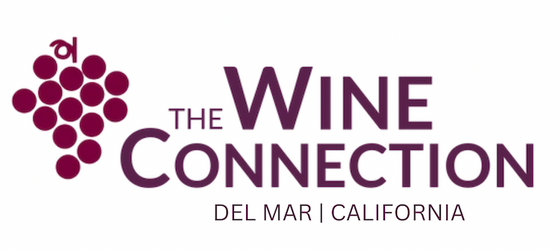Better With Age? (Part One)

This week we’re going to discuss some points about aging wine. Some of only go for the oldies while others totally satisfied with the youngin’s. I personally enjoy both, depending on the occasion.
First off I’d like to debunk the myth that all wine with age is good. According to Jancis Robinson, only an approximate 5% of all wine made in the entire world is age-worthy. The other 95% really should be consumed within 1-3, maximum 4 or 5 years from the year of production. Most wine is intended to be consumed young because it is in fact fairly difficult to produce an age-worthy wine. You need the right growing conditions, which means the exact right soil, the exact right temperatures, super sound viticultural practices (i.e. pruning, row spacing, yield allowance, etc.), stellar winemaking decisions, and not to mention a climatically solid growing season, which is totally left to chance. These are just a few of many factors that affect whether a wine can stand the test of time.
It’s important to note that most wine producers actually aren’t making it their goal to make wines that will last a long time. The goal of most producers (and I say most carefully) is to produce lots of wine that can be enjoyed young so that more wine can be bought and consumed the subsequent year.

So what happens to a wine that ages when it’s not meant to? The answer is… yuck. The whole point of the aging process for wines is that it’s meant to allow the wine to soften and evolve in bottle over time. The process brings out complexities in the wine which were already there in the first place, but needed time in order to be revealed in a more compelling manner. A wine that is not meant to age doesn’t need softening and therefore it doesn’t need to develop. Allowing such a wine to age will kill the wine. Think of it like beans. Dried beans need to soak for ~24 hours, then they need a slow simmer for a long time to really get the texture to where they will tender and delicious. Now imagine you repeat the same process with canned beans. By the end of the process they will be mushy and gross, and might not even hold their shape. This same concept could be applied to age-worthy and non-age-worthy wines. A non-age-worthy wine will fall apart.
I don’t know the exact percentage, but I know that a very large portion of cellared wine is wasted because the wine dies before it is opened. Age-worthy wines go on a sort of a roller coaster – they sometimes get worse in the first few years (or stay the same), then climax somewhere between 5 and (on average) 15-20 years. The wines that can last 25 years+ are extremely special cases of certain varietals and certain places of origin and certain exceptional vintages. And most people don’t have the time or the livers to consume all of the wine they accumulate over the years. If there’s one massive lesson I’ve learned from my wine mentors it’s this – “Drink it!” Otherwise it might go to waste…
Until next time.

![[Video] Steak Sandwich w/ Wine Pairing](http://thewineconnection.com/cdn/shop/articles/20_1600x.png?v=1651179510)
![[Video] Passion Fruit Tart w/ Wine Pairing](http://thewineconnection.com/cdn/shop/articles/19_1600x.png?v=1651179483)


